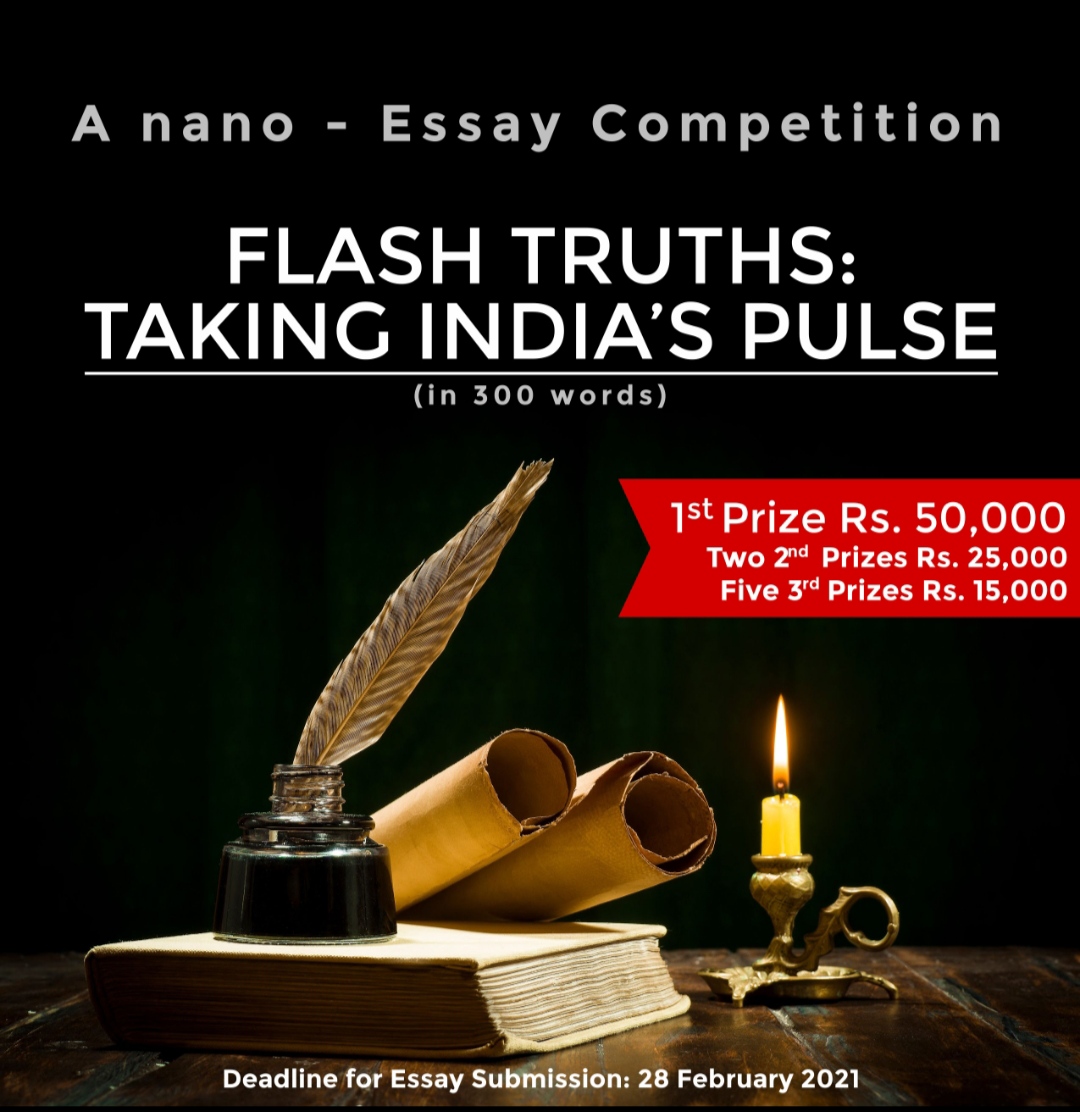By Rakesh Ahuja
In life, personal experiences and anecdotes accumulate exponentially. Some just flit across the mind over the years; others recur frequently. The latter episodes usually represent a moment or event which cast an indelible mark on one’s life journey. I have decided to record such snippets. These are in no order, and I will provide dates and personal and circumstantial contexts where possible.
ITEM 1: US President Johnson’s visit to Canberra (21 Oct 1966); Vietnam War protests
President Johnson visited Australia in 1966. Surprisingly, it was the first visit by a serving US President to Australia. Harold Holt was the PM who subsequently coined the slogan “All the way with LBJ”. The Vietnam war was in full swing. In the footsteps of the student anti-war protests in Europe and the United States, student activism was also building up in Australia. There had never been anything like it in Australian universities.
I was then working as a Chartered Accountant and had recently been promoted to a junior associate partnership (unprecedented at just 22, I add immodestly, something I marked with my first taste of alcohol at the Jungle Bar in Civic Hotel). Thus far, nothing my contemporaries were doing out there had touched my consciousness of affairs beyond accountancy. But recent associations with newly minted graduates migrating to the Australian Public Service in Canberra had expanded my intellectual horizons somewhat. I knew that I had to experience the uni student ethos. I resigned from CA and decided to study at ANU. Gradually the wider political, economic and social concerns expanded my narrow accounting universe. Vietnam War was the first prominent issue that touched my mind.
I recall that day. Johnson’s motorcade was going through Civic past East and West Row buildings. The feature photo above shows it all. We had just gotten out of my car to go to the GPO. Those were innocent Canberra days. No visible police, no barricades, no security outriders, public standing in a self-orderly fashion, no Telstra tower…..and my indolently parked mini (visible on the right).
This calm scene was not so replicated that evening. The famous Megan Stoyles led an ANU student’s march emblazoned with the infamous “Make Love not War” T-shirt, which became something of a catch cry across the western world against the Vietnam War. The constabulary approved the march along a small stretch of Northbourne Avenue past the Rex Hotel where Johnson was staying. I can confirm that this assent came forth with wry amusement, for there had been no such thing since the national capital had been unveiled in 1913, and no one expected much to come from a riff-raff of uni ratbags. In fact, thanks to Megan’s fiery oratory and amply attractive presence, the march made world news, partly propelled by NSW Premier Askin’s injunction to “run the bastards over!”. I participated in it. I confess, though, that it was less than a principled decision; I had decided to stand for the coming ANU Student Association elections and considered it prudent to do so.
There was an interesting consequence of my participation in the protest, which speaks much for how Australia has evolved over the 60 years. Two days after the march, a lady accosted me as I was leaving a lecture (by the redoubtable Elizabeth West) at the Political Science School in the old wartime buildings on Childers street. Introducing herself (by implication as being) from the Department of Education, she invited me for a cup of coffee in the common room. Her message was clear enough: I was not a citizen of Australia and should desist from any public expressions concerning Australian policies, domestic or foreign. (It would have been easy to identify me amidst the predominant shades of white of protestors.) I had enough nous to know that that was not just the DoE speaking. I was treated with kid gloves. Looking back, my participation in the protest was indeed condemnatory – and it justified deportation on various legal grounds (in conjunction with the provisions of the White Australia policy still on the books). I suspect that Professor Crisp and (a sternly objective Indophile) Sir John Crawford VC ANU had something to do with it, as also other possible variables such as being elected to Chair the ANU Students Union Board.
That episode was one of the defining moments in my life’s journey, one which led to an abiding interest in geo-political/economic/social developments.
PS My two TweetTakes related to the visit:
11 August 2022
US President Johnson in Canberra 21 October 1966, astonishingly the first visit to Australia by an incumbent President. Innocent days: no visible police, no barricades, no outriders, public standing in self-orderly fashion…and no Telstra Tower. bit.ly/3dmVESO
13 August 2022
#CanberraCBD 60 years ago. Then, one anecdote had the USAmbo describing Canberra as “half the size of Arlington and twice the silence”. Apparently, #PM_Ming was not amused. Apocryphal or not, the impassive, cheerless crowd confirms the proposition partly.@ DrIanHall @Rory_Medcalf
#CanberraCBD 60 years ago. Then, one anecdote had the USAmbo describing Canberra as “half the size of Arlington and twice the silence”. Apparently, #PM_Ming was not amused. Apocryphal or not, the impassive, cheerless crowd confirms the proposition partly.@ DrIanHall @Rory_Medcalf
Recent Posts
July 22, 2024
July 22, 2024
July 22, 2024
June 25, 2024
June 15, 2024
Advertisement



